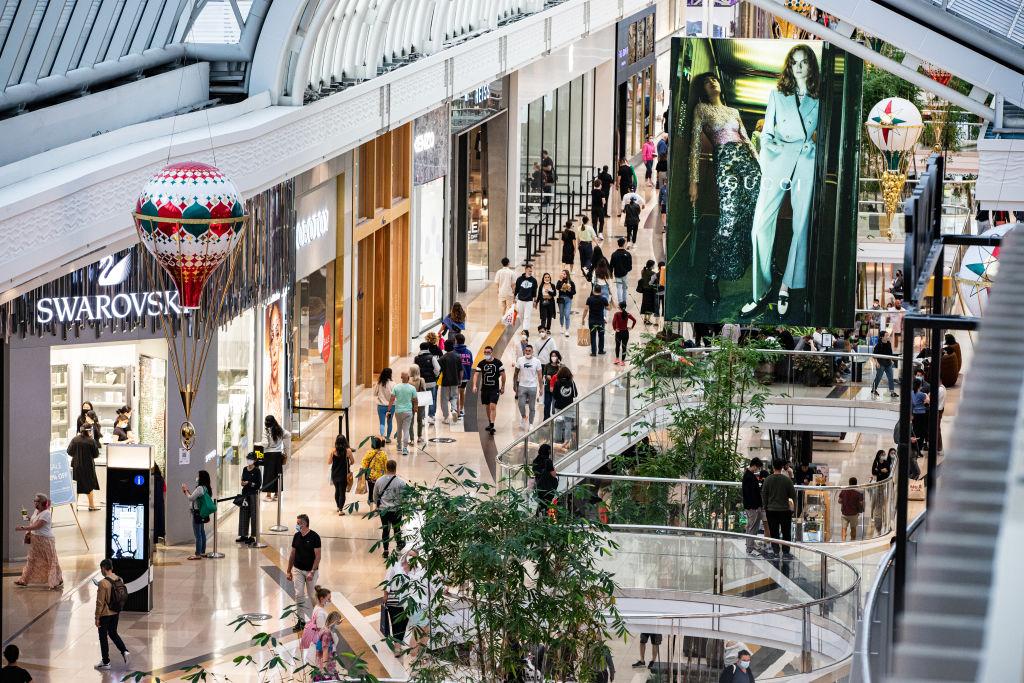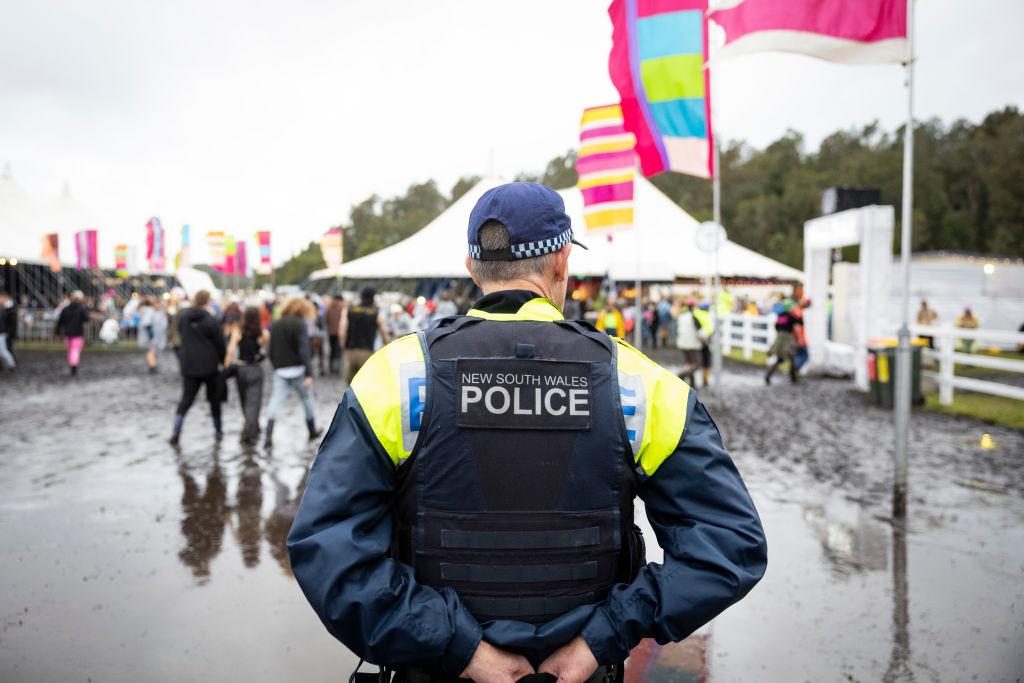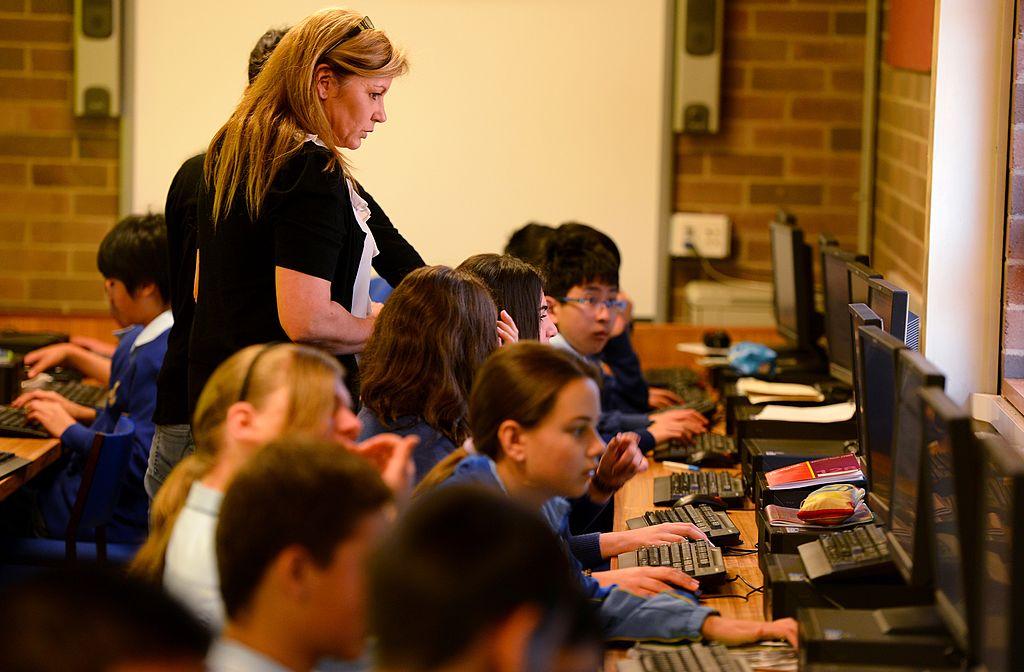The overall well-being of Australians has not returned to pre-COVID-19 pandemic levels despite some improvements, according to a new report released on Sept. 7.
The latest biennial report from the Australian Institute of Health and Welfare (AIHW) examined the lasting effects of the COVID-19 pandemic period and its impact on the lives of individuals.





